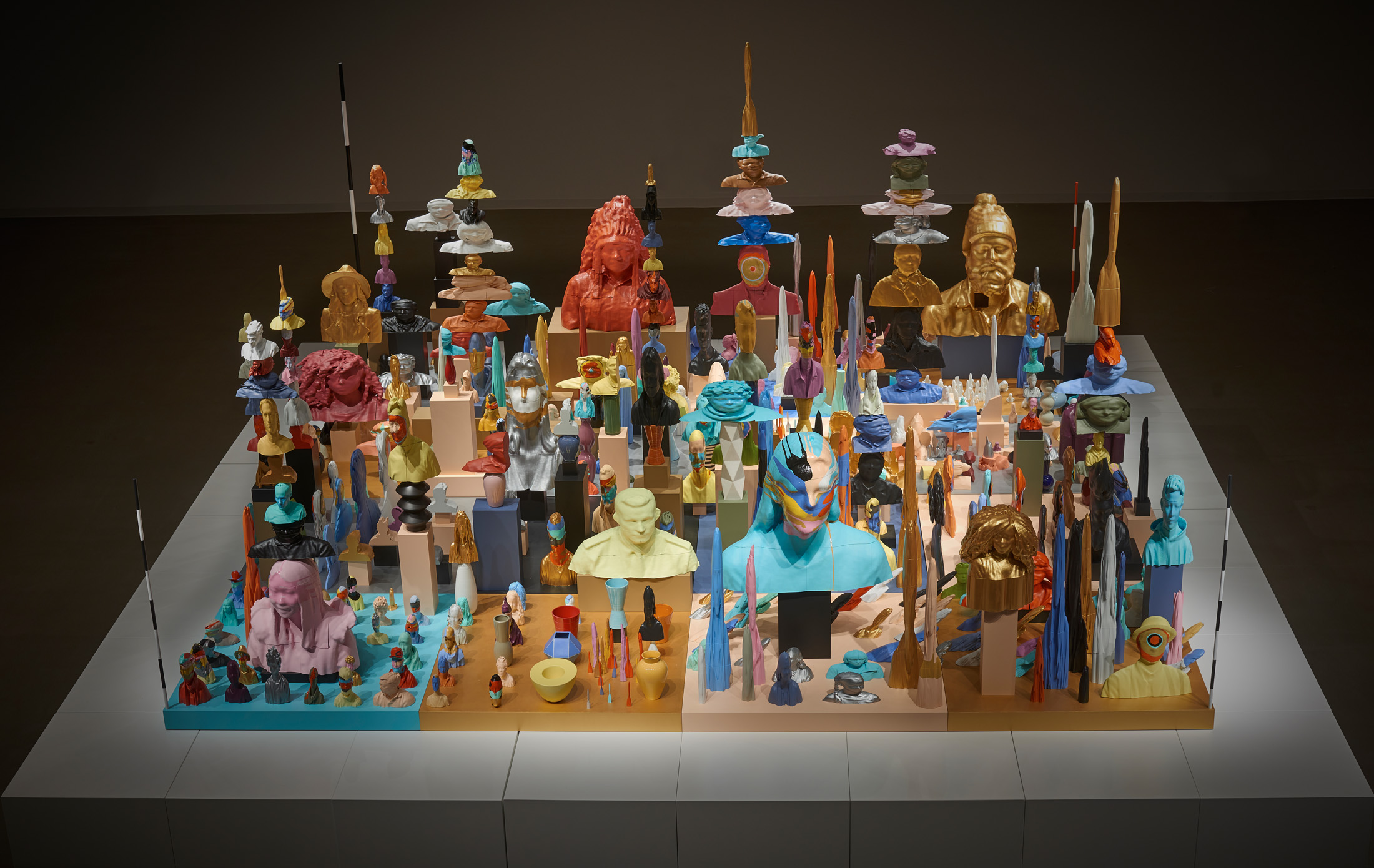-

Photo by Oscar Valle.
-

-

-
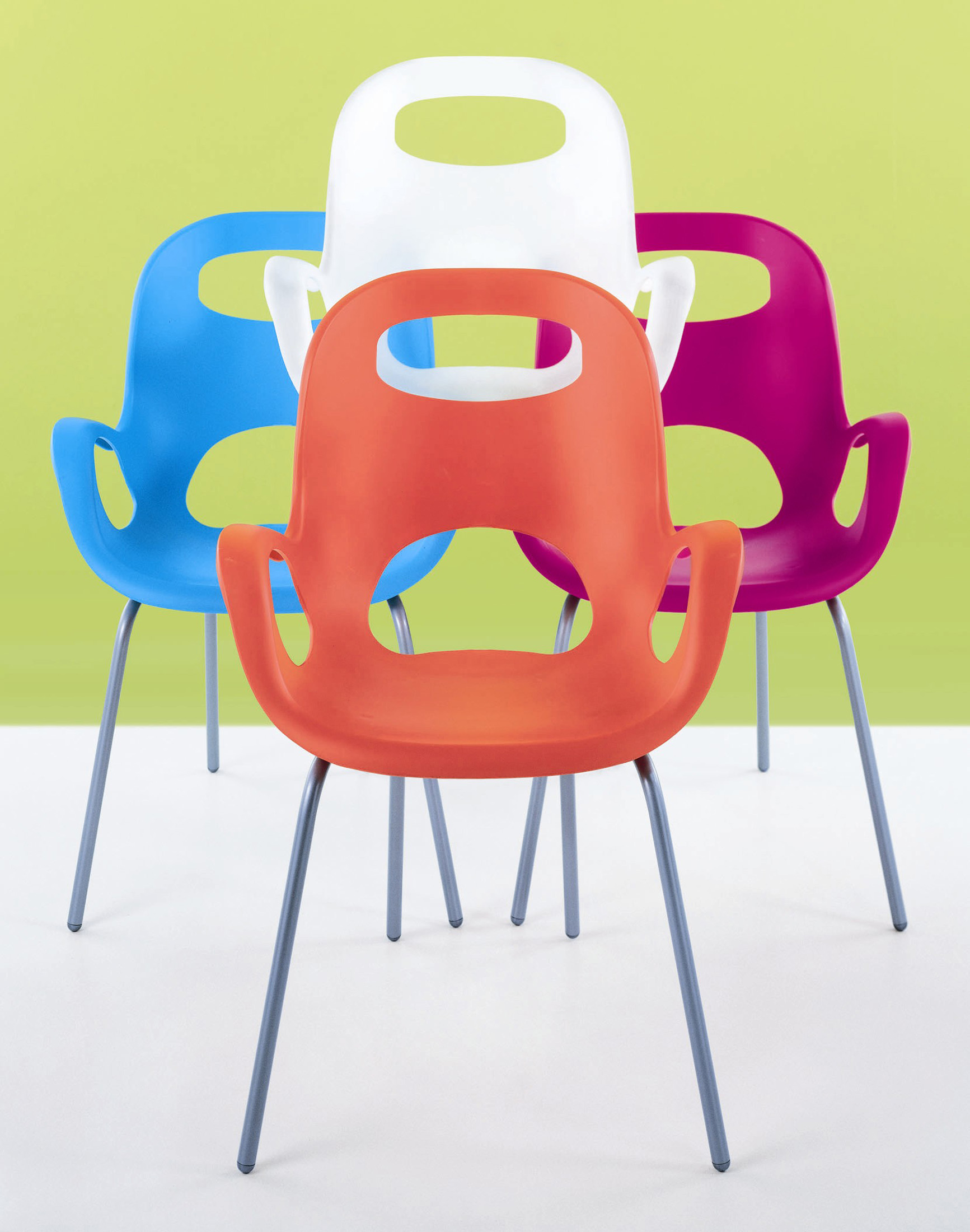
Karim Rashid, Oh Chair, Umbra, Canada, 2014.
-

Karim Rashid, HIP, USA, 2017.
-

Karim Rashid, Hellraiser, Alessi, Italy, 2014.
-
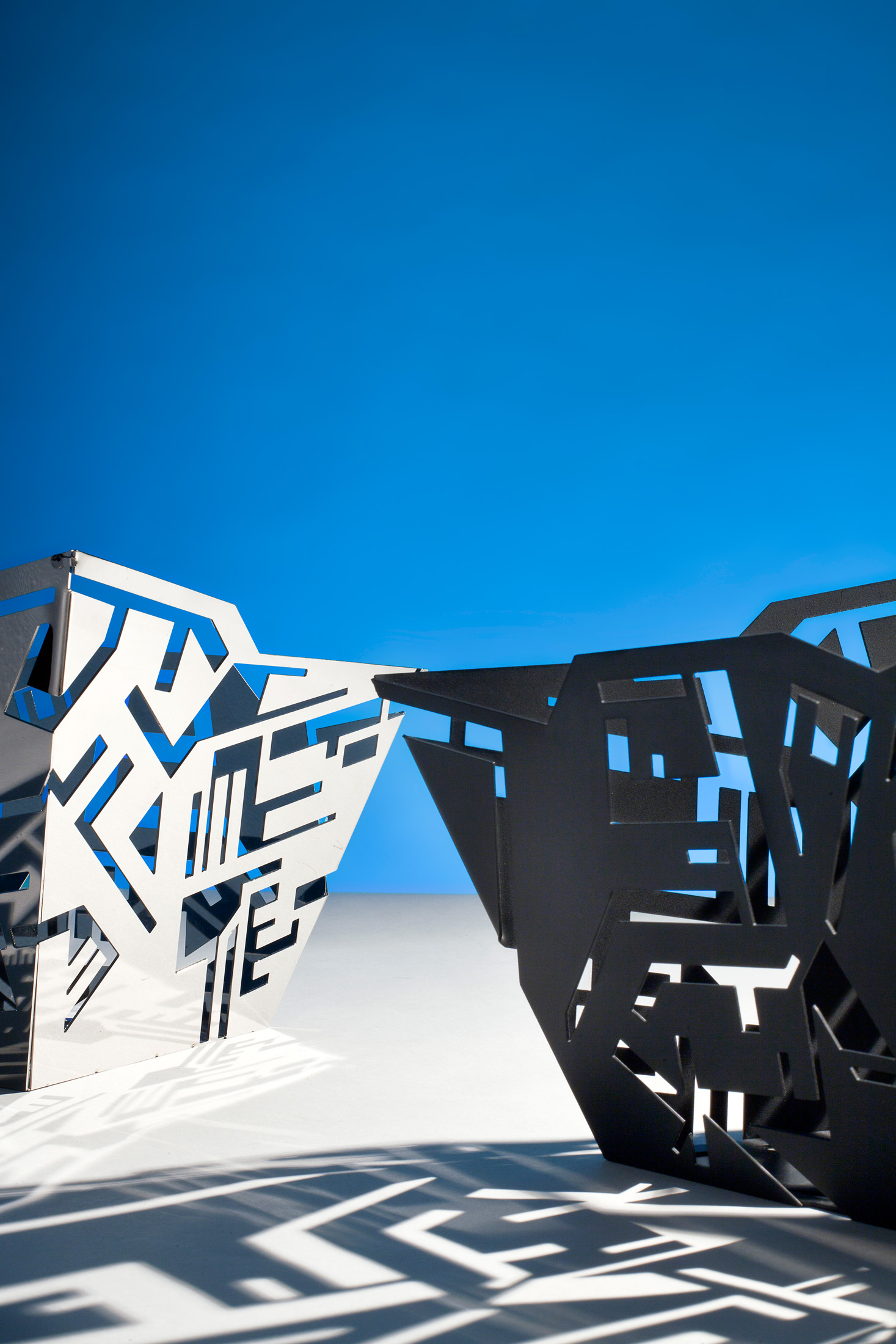
Karim Rashid, Hellraiser, Alessi, Italy, 2014.
-
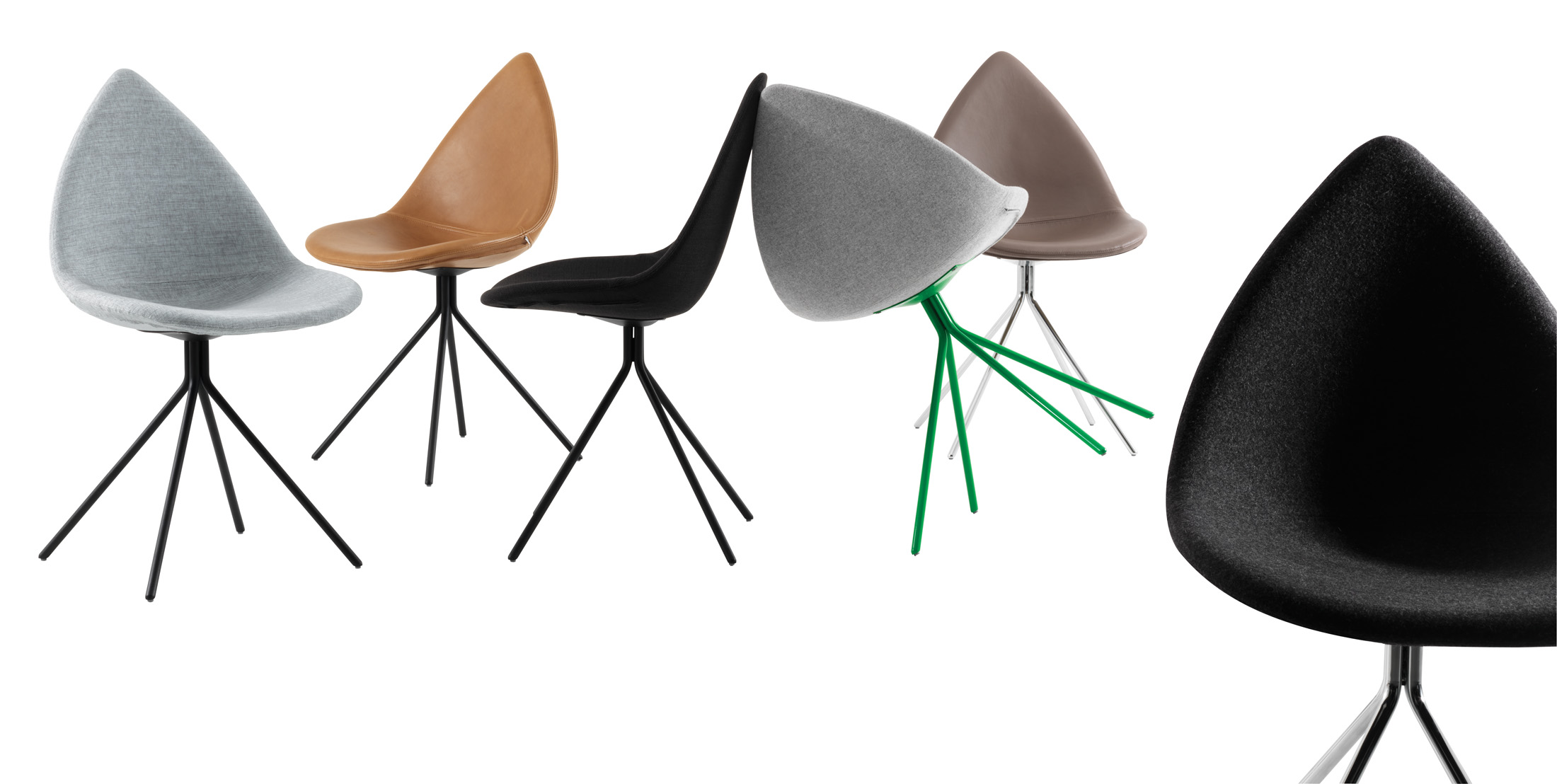
Karim Rashid, Ottawa Chair, for BoConcept, Denmark, 2014.
-
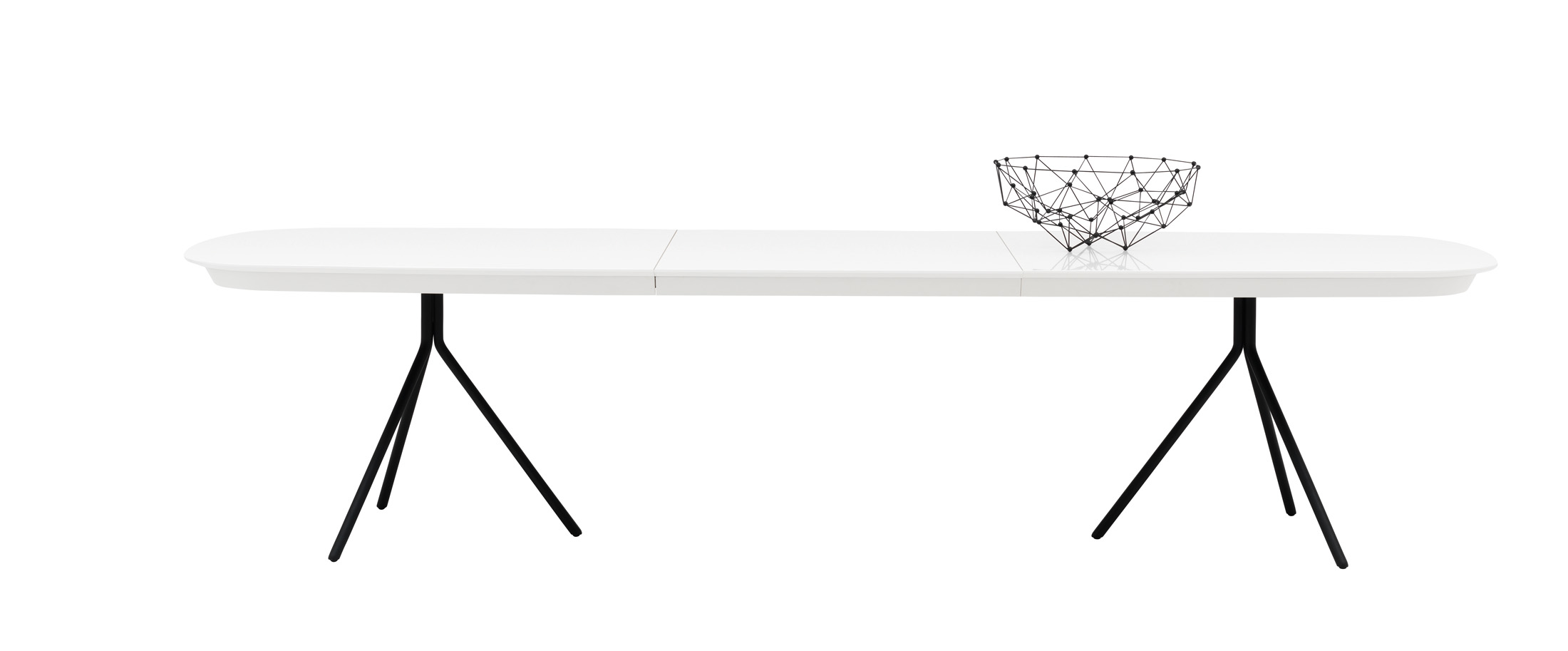
Karim Rashid, Ottawa Chair, for BoConcept, Denmark, 2014.
-

Karim Rashid, Ottawa, for BoConcept, Denmark, 2017.
-
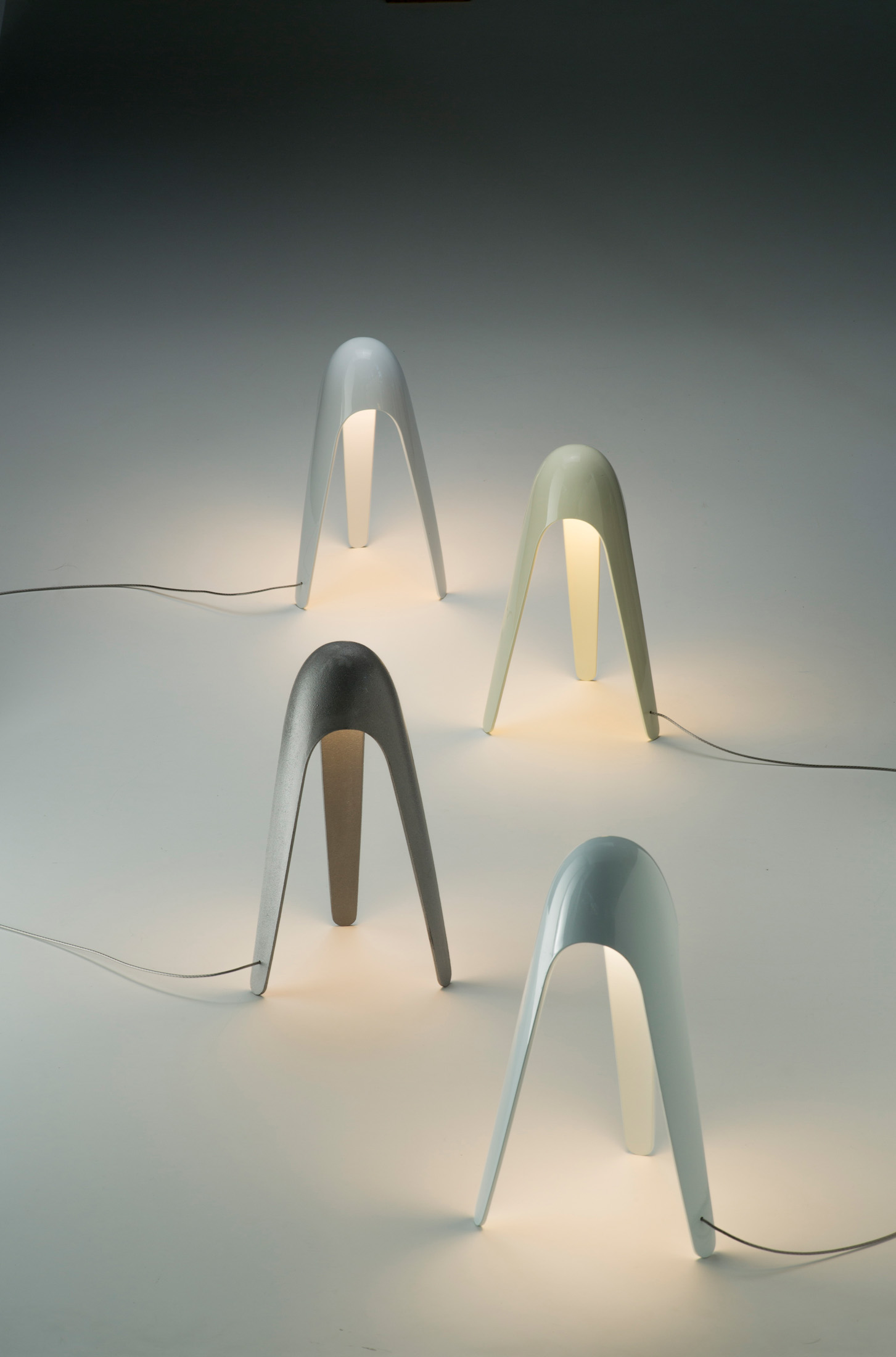
Karim Rashid, Cyborg, Martineli Luce Italy, 2015.
Karim Rashid at the Ottawa Art Gallery
The prince of plastic returns home.
The prince of plastic is back—in Ottawa, that is. Karim Rashid, the internationally celebrated industrial designer known for his affordable, pliable polypropylene creations, is the focus of an upcoming retrospective exhibition at the Ottawa Art Gallery, opening October 11. The exhibition, Karim Rashid: Cultural Shaping, is the first large-scale showcase of his work in Canada and represents something of a homecoming for Rashid who was born in Cairo in 1960, but was raised in Canada since the age of six.
“I am proud that Canada is bringing me this attention in the city where I was an undergraduate 36 years ago,” says Rashid. “I have now spent the last 25 years of my life practicing my craft in New York. But at the end of the day, I am a Canadian.”
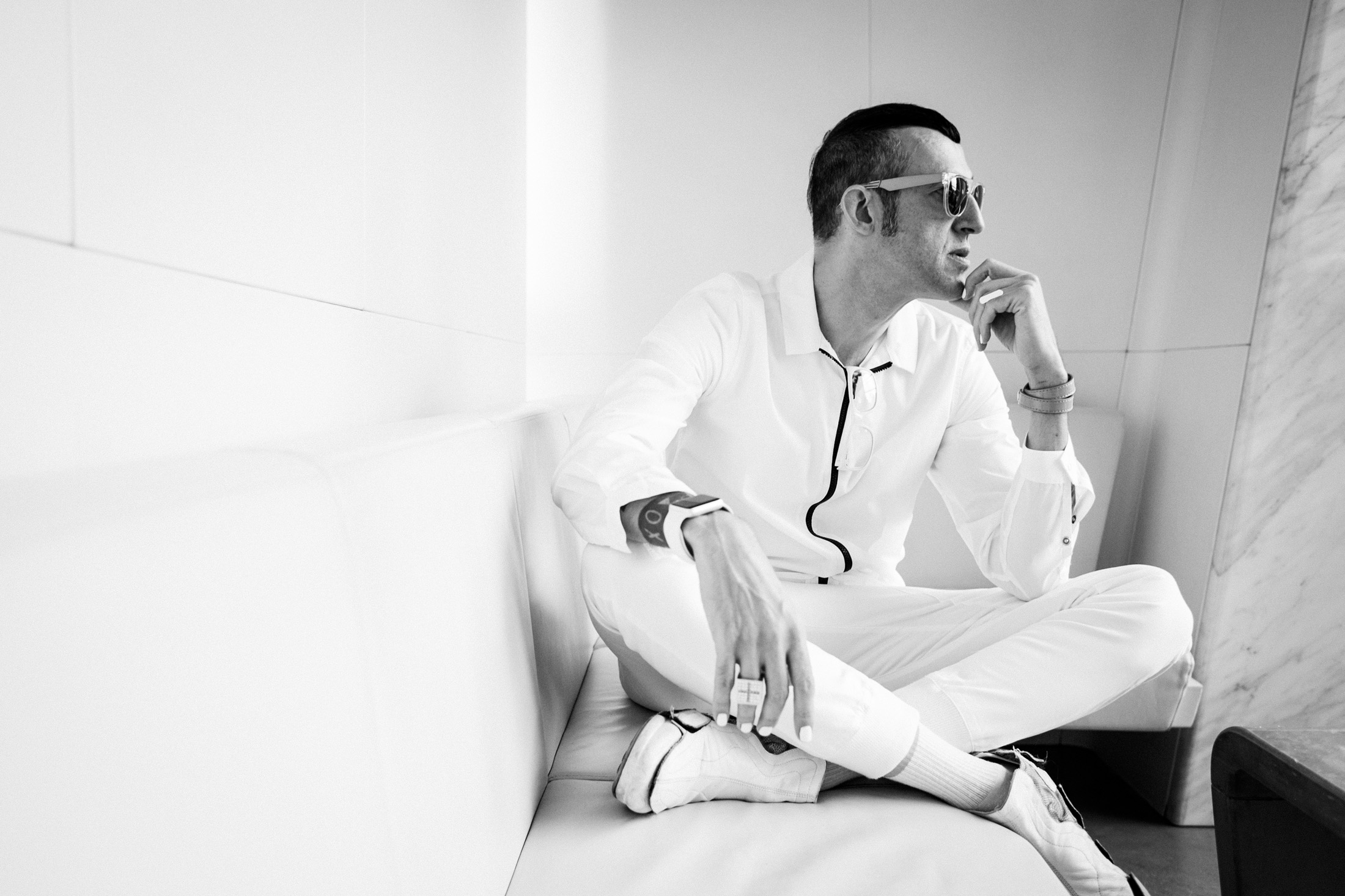
Photo by Lupe de la Vallina.
Referred to as the “most famous industrial designer in all the Americas” in Time magazine, Rashid received his design training at Carleton University (his alma mater recently conferred an honourary doctorate on him). Soon after graduating in 1982, he relocated to the U.S. where he taught industrial design at the Rhode Island School of Design. After being fired—Rashid says the administration was upset that he was teaching theory, not design—he went on to establish his own design firm in New York in 1993, and has not looked back since.
His curvaceous Garbino garbage can, a miniature version of the award-winning Garbo and an international best-seller, is now in the permanent collection of the Museum of Modern Art. His OH Chair, created in 1999 for Canadian home accessories brand Umbra, consistently tops design magazine top 10 lists as a classic example of contemporary design. And these are just two examples pulled from the designer’s lauded portfolio.
“I have now spent the last 25 years of my life practicing my craft in New York,” says Rashid. “But at the end of the day, I am a Canadian.”
Curator Nicole Potvin selected both Garbino and the OH Chair for Karim Rashid: Cultural Shaping, as well as the Ottawa Collection, an assemblage of modular and reconfigurable furniture which Rashid initially created for BoConcept in 2012, and the reusable Bobble Bottle, first launched in Canada in 2010, and today a coveted item of eco-conscious design. “I’ve had retrospectives before, in Sao Paolo, Seoul, Milan and Munich,” says Rashid. “But nothing like this that looks specifically at work produced in a particular country.”
While geographically focused, the exhibition has an expansive perspective. Cultural Shaping is a title that suggests a re-evaluation of how industrial design, even when produced in a quotidian material like plastic, can transcend its time and become universal. Rashid will further explore this idea and more with Analogue Versus Digital, the title of the keynote lecture he will deliver at the OAG on his show’s opening night.

Photos by Lupe de la Vallina.
“Artefacts shape our culture—they have always been the ammunition for social change,” says Rashid, who often incorporates philosophical principles into his work, be it a Braun shaver or the chain of high-style, low-budget hotel rooms he is currently designing for Radisson in select cities around the globe. “My goal is to make great design accessible to everyone. I really want to make a better world.”
Karim Rashid: Cultural Shaping runs from October 11, 2018 until February 10, 2019 at the Ottawa Art Gallery. The Analogue Versus Digital keynote lecture with Karim Rashid takes place October 11, 2018 from 7 to 9 p.m. Tickets available here.
_________
Never miss a story. Sign up for NUVO’s weekly newsletter, here.


